Best Biceps Exercises: Bigger Arms, Safer Joints
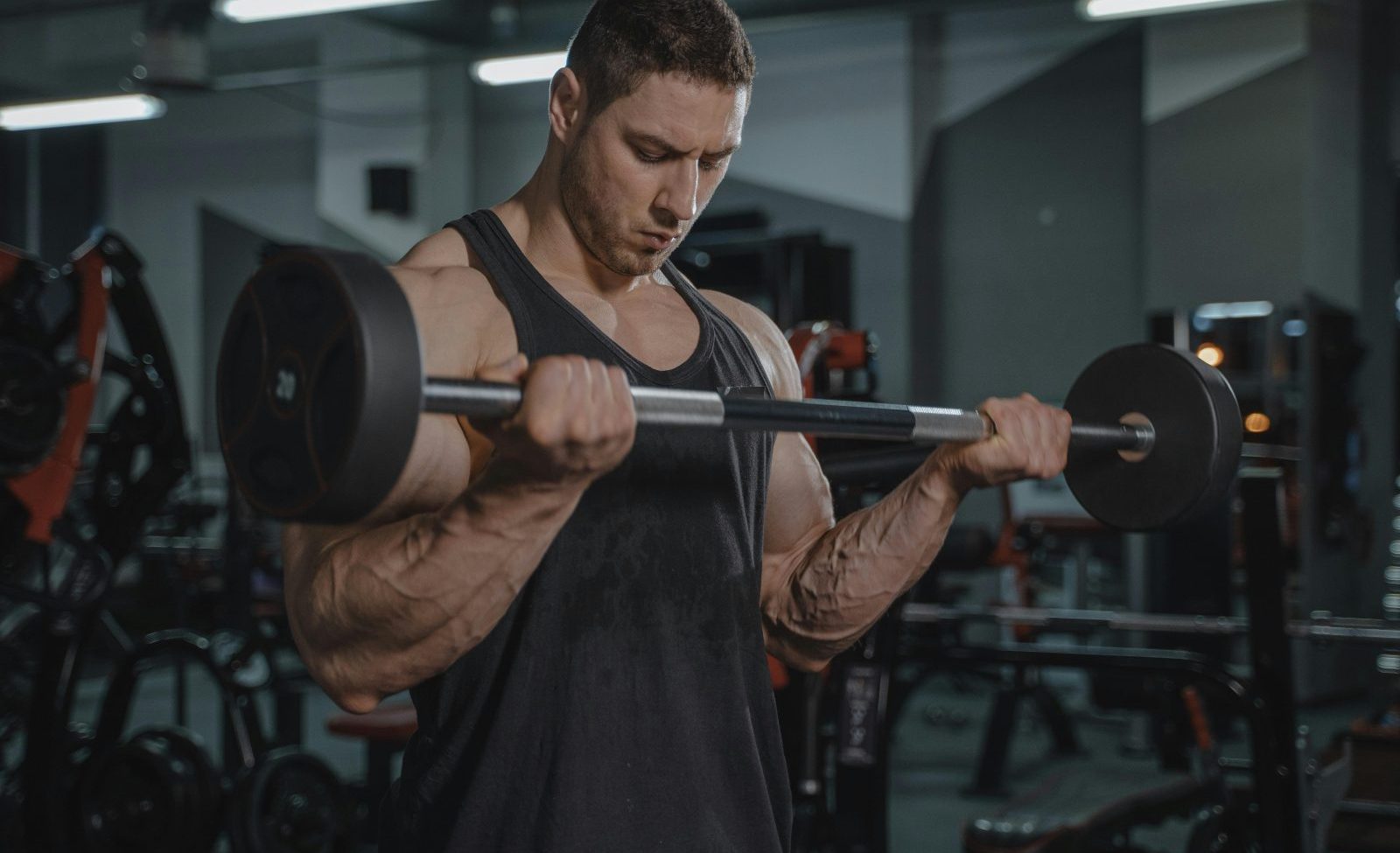
The real problem holding back arm growth
Many lifters stall because biceps training leans on momentum, poor grip choices, and random exercise rotation instead of a plan anchored to function, load targets, and movement control.
The fix is a repeatable framework that blends the Best Biceps Exercises with the elbow flexors’ actual roles—elbow flexion and forearm supination—while applying proven hypertrophy loading zones and progressive overload.
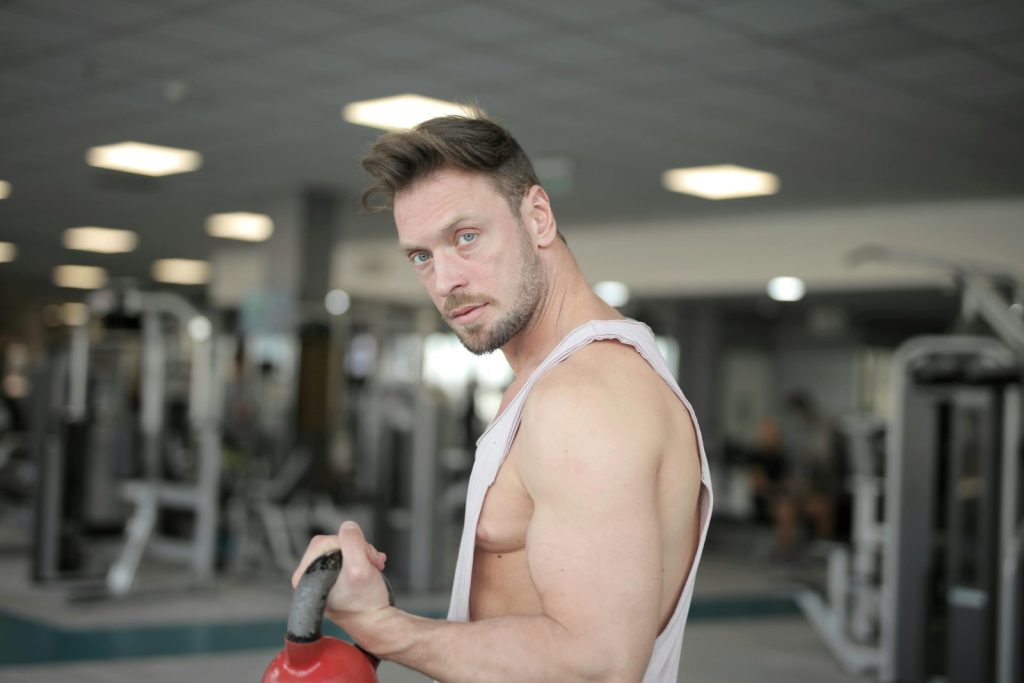
What “best” means here
- Backed by research: EMG and biomechanics inform selection and how to bias tension where it matters most during curls and their variations.
- Function first: Biceps brachii strongly supinates and flexes the elbow, so supinated grips and sound elbow paths are prioritized across the Best Biceps Exercises.
- Hypertrophy alignment: Moderate loads in the 6–12 rep zone across multiple sets maximize muscle gain when volume and effort are managed well.
Biceps anatomy and mechanics that guide exercise choice
The biceps brachii is a bi‑headed muscle that flexes the elbow and powerfully supinates the forearm, with the brachialis and brachioradialis assisting flexion depending on forearm position.
Supinated grips elevate biceps and brachioradialis excitation relative to pronated grips, shaping how the Best Biceps Exercises are cued and sequenced in a session for maximum stimulus.
Programming that respects these roles—particularly supination under load—improves mind‑muscle connection and reduces compensations at the shoulder and wrist during curls.
Proven loading zones for muscle gain
Multiple organizations converge on moderate loads and multiple sets as the most reliable path to hypertrophy, centering 6–12 reps and roughly 65–85% of one‑rep max for the Best Biceps Exercises.
Reference load charts align percentage of 1RM with rep targets to keep sessions honest and measurable, ensuring progressive overload without chronic form breakdown.
Volume is a primary driver of growth, so total effective sets per week matter more than exotic variations when selecting the Best Biceps Exercises.
The 12 Best Biceps Exercises (dumbbell, barbell, and cable)
1) Barbell Curl (EZ‑bar or straight bar)
- Why it’s “best”: A foundational bilateral movement that loads elbow flexion through a long arc and scales easily, making it a staple among the Best Biceps Exercises.
- Form cues: Supinated grip, elbows close to torso, ribs stacked, and strict torso; avoid shoulder sway to keep tension on the biceps.
- Evidence note: EMG work shows curl variants can differ across phases, with EZ‑bar variants showing higher eccentric BB activity than dumbbell curls in some protocols.
2) Alternating Dumbbell Curl
- Why it’s “best”: Unilateral control improves elbow path and wrist stacking, helping equalize sides while keeping the wrist supinated for high biceps demand among the Best Biceps Exercises.
- Form cues: Rotate to full supination by mid‑range, keep upper arm quiet, and control the lowering to exploit eccentric stimulus.
- Programming: 3–4 sets of 8–12 reps per arm with steady tempo for reliable tension and progressive overload.
3) Incline Dumbbell Curl
- Why it’s “best”: Shoulder extension position increases long‑head stretch, with EMG indicating robust activation across the range and especially late in the concentric in incline setups, supporting inclusion among the Best Biceps Exercises.
- Form cues: Scapula set, elbows slightly behind torso, strict supination, and slow lowering to keep tension high through the lengthened range.
- Programming: 3–4 sets of 8–12 reps to bias the lengthened position where mechanical tension is potent for hypertrophy.
4) Preacher Curl (EZ‑bar or cable)
- Why it’s “best”: Preacher benches fix the upper arm, limiting cheating and emphasizing the early‑mid range; EMG shows high activation over a shorter elbow angle window, earning it a place in the Best Biceps Exercises.
- Evidence note: Studies report differences by implement and phase, with EZ‑bar showing higher biceps activity in the eccentric than dumbbell in specific comparisons, and cable preacher options offering consistent tension in practice reports, supporting variation use.
- Form cues: Keep armpit tight to pad, wrists neutral‑to‑slightly extended, and drive through the midline without shoulder roll to maintain isolation.
5) Concentration Curl
- Why it’s “best”: ACE‑sponsored EMG ranked it at or near the top for biceps activation, making it a high‑yield finisher in the Best Biceps Exercises for peak contraction and focus.
- Form cues: Brace elbow on inner thigh, fully supinate, and pause hard at peak; avoid torso lean and momentum to keep signal on the BB.
- Programming: 2–3 sets of 10–15 reps as a mind‑muscle anchor after heavier curls.
6) Cable Curl (straight bar or handle)
- Why it’s “best”: Smooth resistance profile and easy line‑of‑pull adjustments allow precise joint alignment and consistent tension across the arc in the Best Biceps Exercises.
- Evidence note: EMG comparisons show implement and phase nuances, supporting rotation of cable and free‑weight curls to diversify stress while keeping volume equated.
- Form cues: Shoulders down, elbows pinned, bar tracks close to body, and full supination at mid‑range for the strongest squeeze.

7) Hammer Curl (neutral grip DBs or rope)
- Why it’s “best”: Trains elbow flexors through a neutral grip, building overall arm thickness via brachialis and brachioradialis emphasis as a complement within the Best Biceps Exercises.
- Evidence note: EMG indicates traditional curls elicit higher biceps activation than hammer and reverse in trained men, while reverse curls often spike brachialis, helping define when to use each tool.
- Form cues: Neutral wrists, elbows close, and controlled lowering to maximize flexor loading without wrist strain.
8) Reverse Curl (EZ‑bar or straight bar)
- Why it’s “best**”: Targets the brachialis and brachioradialis strongly, which adds arm girth and elbow stability that supports heavier supinated curls inside the Best Biceps Exercises.
- Programming: 2–4 sets of 8–12 after primary curls to round out elbow flexor development without excessive wrist stress.
- Form cues: Thumbs over bar, forearms steady, and no torso rock to keep tension where intended across the set.
9) EZ‑Bar Curl (focused eccentric)
- Why it’s “best”: Wrist‑friendly angles with strong EMG activity in the eccentric vs dumbbell in some protocols, making it ideal for tempo and lowering emphasis in the Best Biceps Exercises.
- Programming: 3–4 sets of 6–10 with 2–3 second eccentrics to amplify mechanical tension and growth stimulus.
- Form cues: Close grip for slightly more short‑head demand, strict torso, and forearms vertical under load throughout the arc.
10) Cable Preacher Curl
- Why it’s “best”: Combines preacher stability with cable smoothness, keeping tension high at end ranges and earning a rotation slot among the Best Biceps Exercises.
- Programming: 3 sets of 10–12 with a peak squeeze to sharpen end‑range control and elbow health.
- Form cues: Keep elbows welded to the pad and avoid shoulder protraction at the bottom to protect connective tissue while chasing a full stretch.
11) Spider Curl (chest‑supported on incline bench)
- Why it’s “best”: Front‑supported position removes torso sway and shortens the kinetic chain, isolating elbow flexion cleanly as a strict option in the Best Biceps Exercises.
- Programming: 3 sets of 10–15 with dumbbells or an EZ‑bar to induce fatigue with high form quality.
- Form cues: Shoulders down, temples of the biceps forward, and smooth tempo to prevent shoulder internal rotation compensations under fatigue.
12) High Cable Curl (dual‑cable “pose” curl)
- Why it’s “best”: Encourages a strong end‑range squeeze at shoulder height and can bias supination torque in the shortened position to finish sessions within the Best Biceps Exercises.
- Programming: 2–3 sets of 12–15 with a 1–2 second peak hold to strengthen shortened‑range control.
- Form cues: Lead with pinkies, elbows slightly forward, and no shoulder shrug to keep the squeeze on the biceps rather than the traps.
Programming the Best Biceps Exercises for faster growth
Weekly volume, reps, and effort
Most lifters grow well with 10–20 total hard sets per week across 2 sessions using the Best Biceps Exercises, scaling volume to recovery and elbow comfort.
Keep most work in 6–12 reps at about 65–85% 1RM, using proximity to technical failure rather than chasing absolute failure every set to manage joint stress.
Use the NSCA load continuum to choose weights that place the last 1–2 reps as challenging but rep‑honest across the Best Biceps Exercises.
Example splits
- Push/pull/legs: Insert 2–3 curls on pull days, mixing a heavy bilateral curl plus one unilateral or cable choice from the Best Biceps Exercises.
- Upper/lower: Pair a heavy curl with a strict isolation curl twice weekly, rotating implements to distribute stress while keeping volume equated across Best Biceps Exercises.
- Full‑body: One curl variation per session 3x/week, cycling DB, barbell, and cable options for frequent, low‑dose exposure from the Best Biceps Exercises.
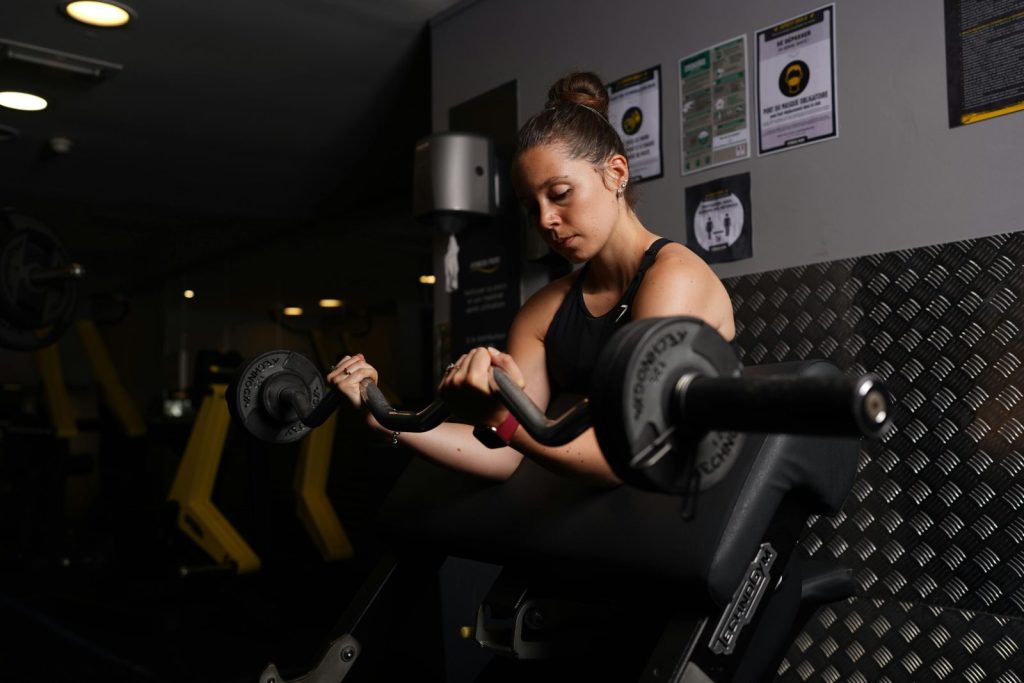
Evidence‑aligned form cues that immediately improve results
- Grip and forearm: Favor supination to elevate biceps demand; a neutral grip shifts emphasis to brachialis/brachioradialis within the Best Biceps Exercises.
- Elbow path: Keep elbows near the torso unless intentionally using preacher/spider positions to avoid shoulder dominance across the Best Biceps Exercises.
- Tempo and range: Control eccentrics 2–3 seconds, hit a full but joint‑friendly stretch, and pause briefly at peak to reduce momentum in the Best Biceps Exercises.
- Posture: Scapula set “down and back,” ribs stacked, and no lumbar sway to keep tension on the target muscles during the Best Biceps Exercises.
EMG takeaways that shape exercise rotation
Independent and academic EMG work suggests incline and traditional curls maintain strong biceps activation across more of the ROM, while preacher curls spike activation over narrower angles, guiding where they fit among the Best Biceps Exercises.
Studies comparing implements show phase‑specific differences, with EZ‑bar variants elevating eccentric biceps activity over dumbbells in some conditions, supporting periodized emphasis on lowering speed and control in the Best Biceps Exercises.
Comparisons of traditional, hammer, and reverse curls find the highest biceps activity on traditional curls and greater brachialis activity on reverse curls, clarifying assistance choices that complete the Best Biceps Exercises plan.
Sample 8‑week arm specialization using the Best Biceps Exercises
Weeks 1–2 (groove + quality)
- Day 1: Barbell or EZ‑bar curl 4 x 6–10; Incline DB curl 3 x 8–12; Reverse curl 3 x 10–12 from the Best Biceps Exercises.
- Day 2: Cable curl 3 x 10–12; Preacher curl 3 x 8–12; Concentration curl 2 x 12–15 among the Best Biceps Exercises.
- Notes: 2–3 sec eccentrics, last set near technical failure but clean.
Weeks 3–4 (volume focus)
- Day 1: EZ‑bar curl 4 x 6–10; Alternating DB curl 3 x 8–12; Hammer curl 3 x 10–12 from the Best Biceps Exercises.
- Day 2: Cable preacher 3 x 10–12; Spider curl 3 x 10–15; High cable curl 2 x 12–15 within the Best Biceps Exercises.
- Notes: Add one total set per workout if recovery is solid and elbows feel good.
Weeks 5–6 (intensity bump)
- Day 1: Barbell curl 5 x 5–8 with 2–3 sec eccentrics; Incline DB curl 3 x 8–10; Reverse curl 3 x 10 from the Best Biceps Exercises.
- Day 2: Cable curl 4 x 8–12; Preacher curl 3 x 8–10; Concentration curl 2 x 12–15 among the Best Biceps Exercises.
- Notes: Hold volume steady, nudge load via NSCA continuum.
Weeks 7–8 (consolidate + deload)
- Day 1: EZ‑bar curl 3 x 6–8; Alternating DB curl 2 x 10–12 from the Best Biceps Exercises.
- Day 2: Cable preacher 2 x 10–12; High cable curl 2 x 12–15 within the Best Biceps Exercises.
- Notes: Reduce total sets ~30% while keeping rep quality high to resensitize.
Troubleshooting common mistakes
- Swinging torso or drifting elbows turns curls into shoulder/hip work, lowering effective stimulus in the Best Biceps Exercises.
- Skipping full supination reduces biceps loading and shifts work to brachialis/forearm, weakening the intended effect of the Best Biceps Exercises.
- Rushing eccentrics sacrifices mechanical tension; slow lowers are a proven hypertrophy lever across the Best Biceps Exercises.
- Random rotation without equated volume makes progress noisy; track sets and loads for each variation within the Best Biceps Exercises.
High‑intent keywords used naturally
This guide integrates terms people actually search for—dumbbell bicep curls, barbell curl, EZ‑bar curl, incline dumbbell curl, preacher curl, cable curl, hammer curl, reverse curl, arm day workout, bicep workout, hypertrophy training, and progressive overload—anchored to research and standards while ranking the Best Biceps Exercises.
Amazon gear spotlight to accelerate results at home
- CAP Barbell Standard 47‑inch EZ Curl Bar: A compact, budget‑friendly curl bar commonly available on Amazon, with deep knurling and a small footprint that fits home gyms and supports strict curling across the Best Biceps Exercises.
- Why it helps: Wrist‑friendly angles reduce discomfort vs straight bars, encouraging cleaner reps and eccentrics for hypertrophy while rotating grips within the Best Biceps Exercises.
- Practical tip: Pair with 1‑inch plates and collars, and avoid dropping to preserve threads and alignment during long‑term use while programming the Best Biceps Exercises.
Quick pick‑list: build sessions that grow
- Start with one heavy bilateral curl (barbell/EZ‑bar) for 3–5 hard sets inside the Best Biceps Exercises.
- Add one lengthened‑bias curl (incline DB) and one strict isolation (preacher or concentration) for targeted fatigue among the Best Biceps Exercises.
- Finish with a cable curl held at peak or a reverse/hammer curl for elbow flexor balance within the Best Biceps Exercises.
FAQs
Do certain grips really change biceps activation?
Yes—supinated grips raise biceps and brachioradialis excitation versus pronated, which informs when to choose each variation inside the Best Biceps Exercises.
Is preacher curl better than incline curl?
They’re complementary: preacher emphasizes a narrower range with high activation, while incline maintains robust activation through more of the arc, so both belong in the Best Biceps Exercises rotation.
How many sets per week are ideal for growth?
A practical range is 10–20 hard sets weekly, adjusted to recovery and elbow comfort, equitably distributed across the Best Biceps Exercises.
What rep range builds the most size?
Multiple sets of 6–12 reps at roughly 65–85% 1RM are consistently effective when effort is high but form remains intact across the Best Biceps Exercises.
Should hammer and reverse curls be staples?
Use them as accessories to emphasize brachialis and brachioradialis for arm thickness and elbow integrity while your main work targets the biceps in the Best Biceps Exercises.
Are tempo reps worth it?
Yes—controlled eccentrics increase mechanical tension and are a simple way to upgrade stimulus quality in the Best Biceps Exercises.
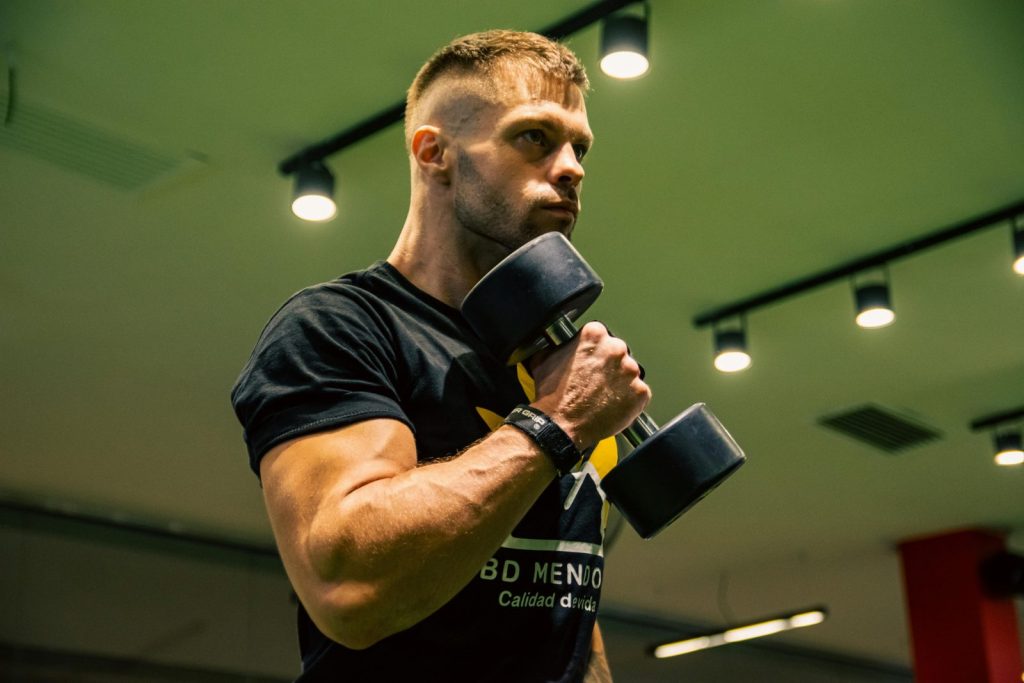
Put it into action today
Pick one bilateral heavy curl, one incline or preacher movement, and one accessory (cable, hammer, or reverse), and run 9–12 quality sets twice per week while steadily nudging load per the NSCA continuum across the Best Biceps Exercises.
Keep forearms supinated, elbows quiet, and eccentrics slow, and consider a wrist‑friendly EZ‑bar like the compact CAP option for home programming of the Best Biceps Exercises.
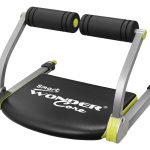

One thought on “Best Biceps Exercises: Bigger Arms, Safer Joints”
Comments are closed.